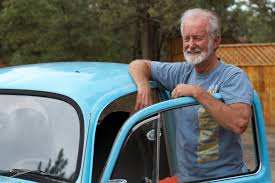Safe patient handling: transferring seniors

In recognition of Seniors’ Month in Ontario, today’s Safe Patient Handling topic involves tips and suggestions for caregivers when assisting with transfers of their elderly loved ones or clients.
Seniors sometimes need assistance to help them move around as their bodies grow more frail with age. When providing this assistance, caregivers must be cautious and careful in order to avoid harm or injury to themselves or the senior they are transferring.
To help, we’ve put together a list of DOs and DON’Ts for caregivers assisting with the transfer of a senior!
When assisting a senior with a transfer, DO:
- Encourage them to do as much of the moving on their own as they can safely handle.
- Clear the area of any objects, pets, or small children that could obstruct their path.
- Encourage the senior to communicate any discomfort to you.
- Ask for extra assistance if you cannot safely assist the senior on your own.
- Utilize special equipment designed for safe patient transfers if necessary.
- Call a doctor immediately if you or the senior are injured during the transfer.
When assisting a senior with a transfer, DON’T:
- Attempt to lift more weight than you can comfortably manage.
- Help transfer a senior if they have refused your help or are unwilling to cooperate.
- Lift using your back. Instead, lift from your knees.
- Attempt to carry a senior for an extended period of time. If you must lift them, place them immediately onto a wheelchair or other piece of equipment designed to transfer them greater distances.
- Continue to move a senior who is in discomfort or pain as a result of the transfer. Stop immediately and call a professional for help.
- Feel obligated to help move a senior if you do not think you can do so safely. There are trained patient transfer professionals who can help get the job done safely.
This Seniors’ Month, encourage a senior in your life to be tested for signs of frailty and speak to a doctor about ways to strengthen their bodies and tips to keep themselves moving independently. If they do need assistance with mobility, always remember that your safety and theirs is the number one priority and be cautious when helping them with transfers.